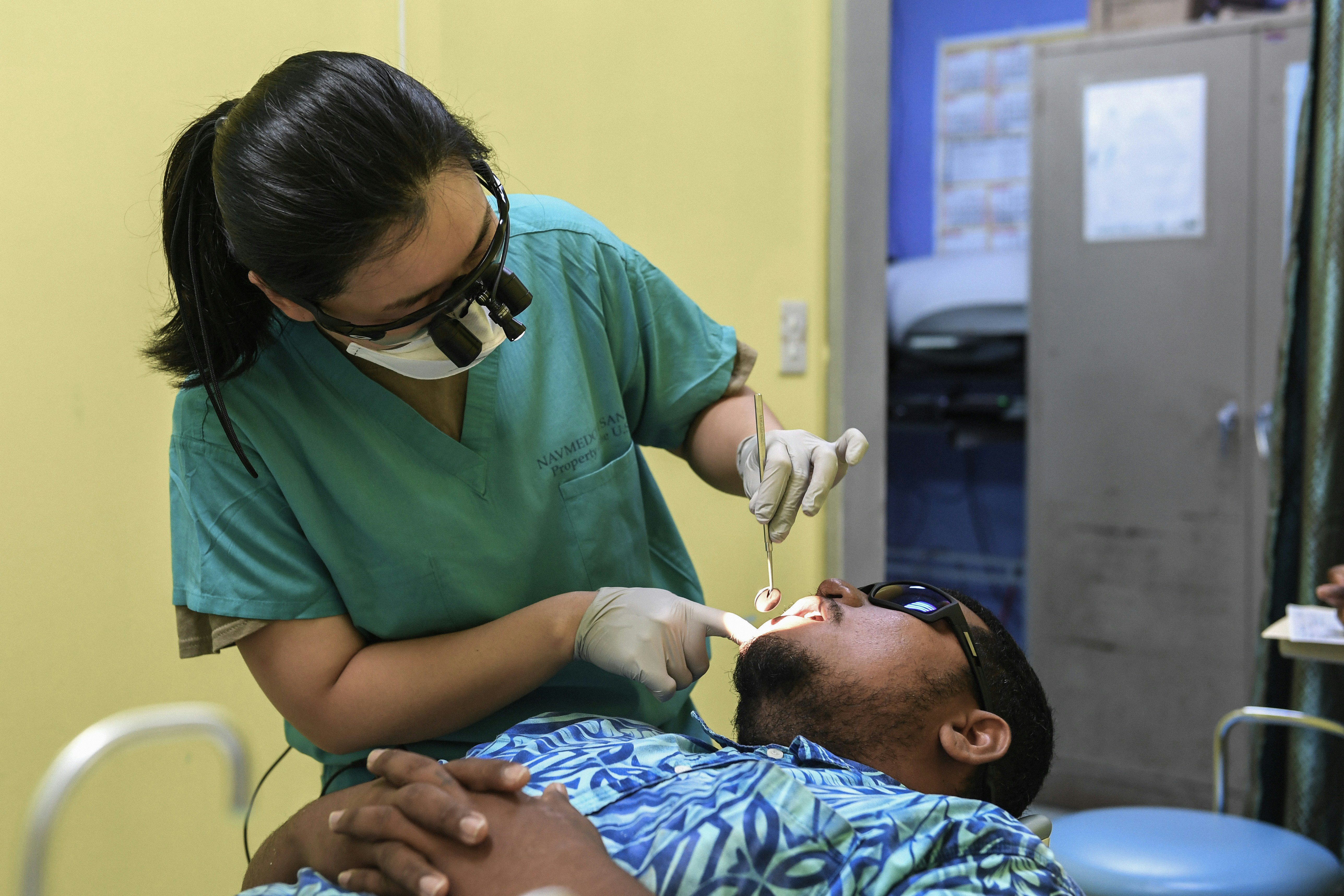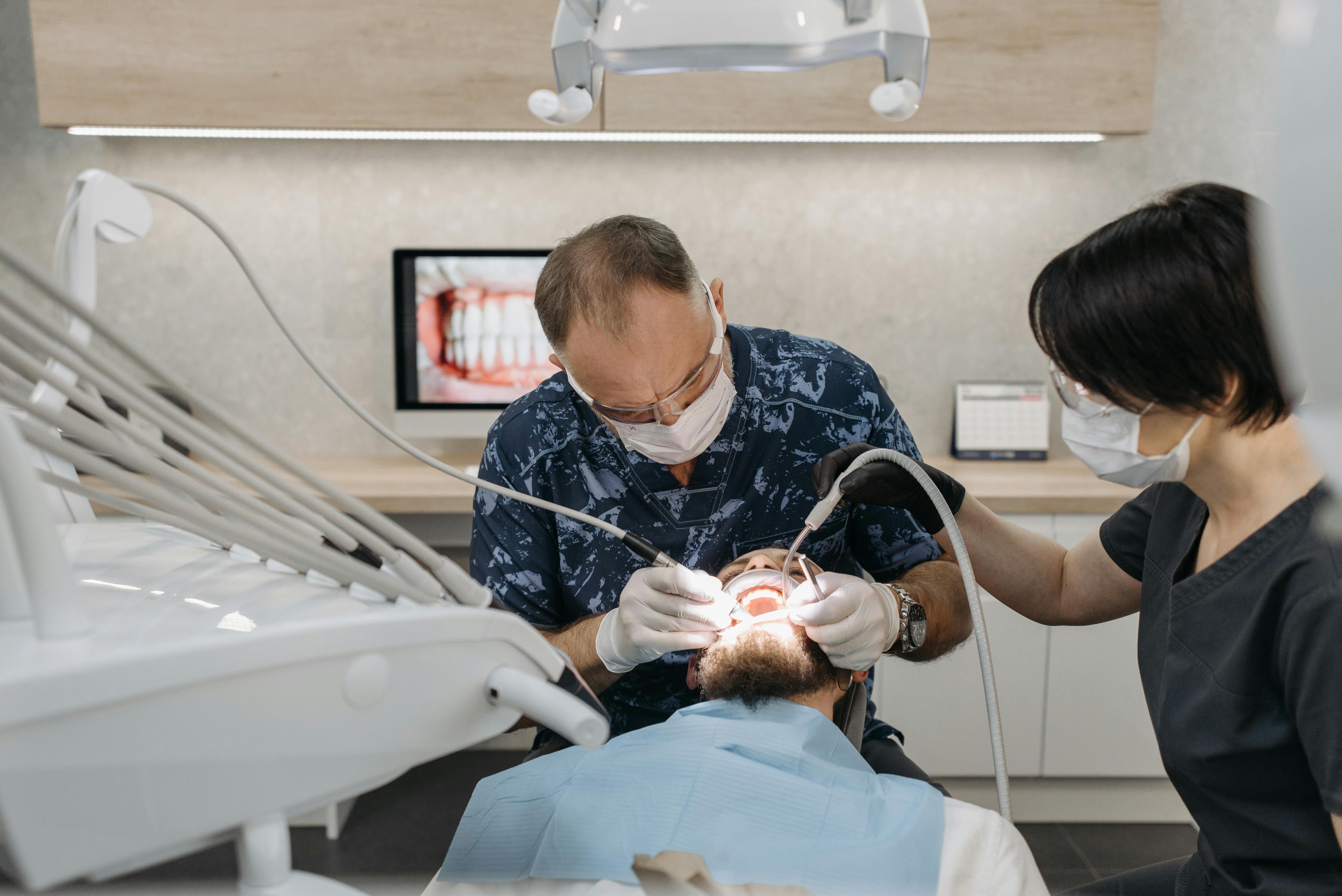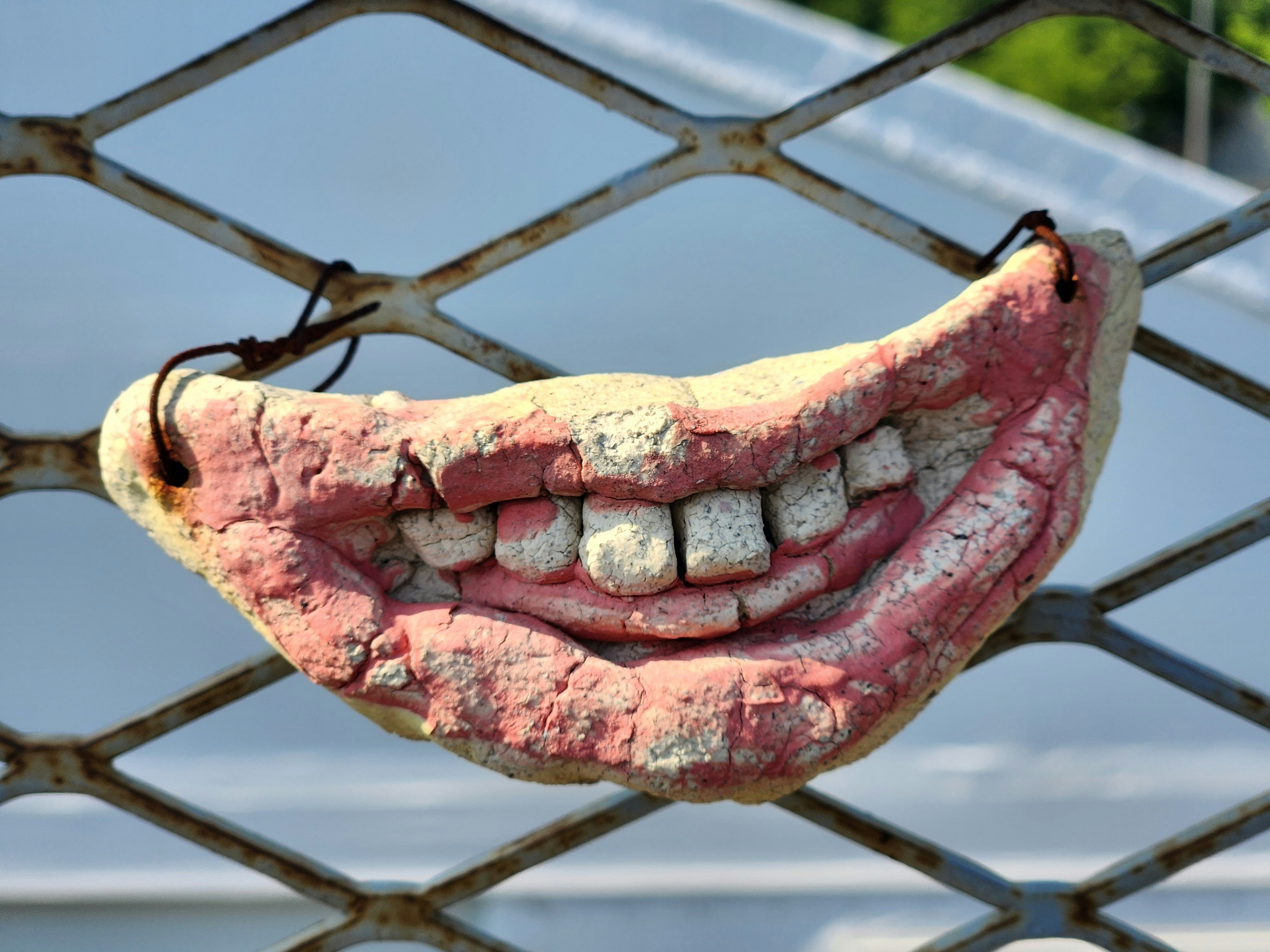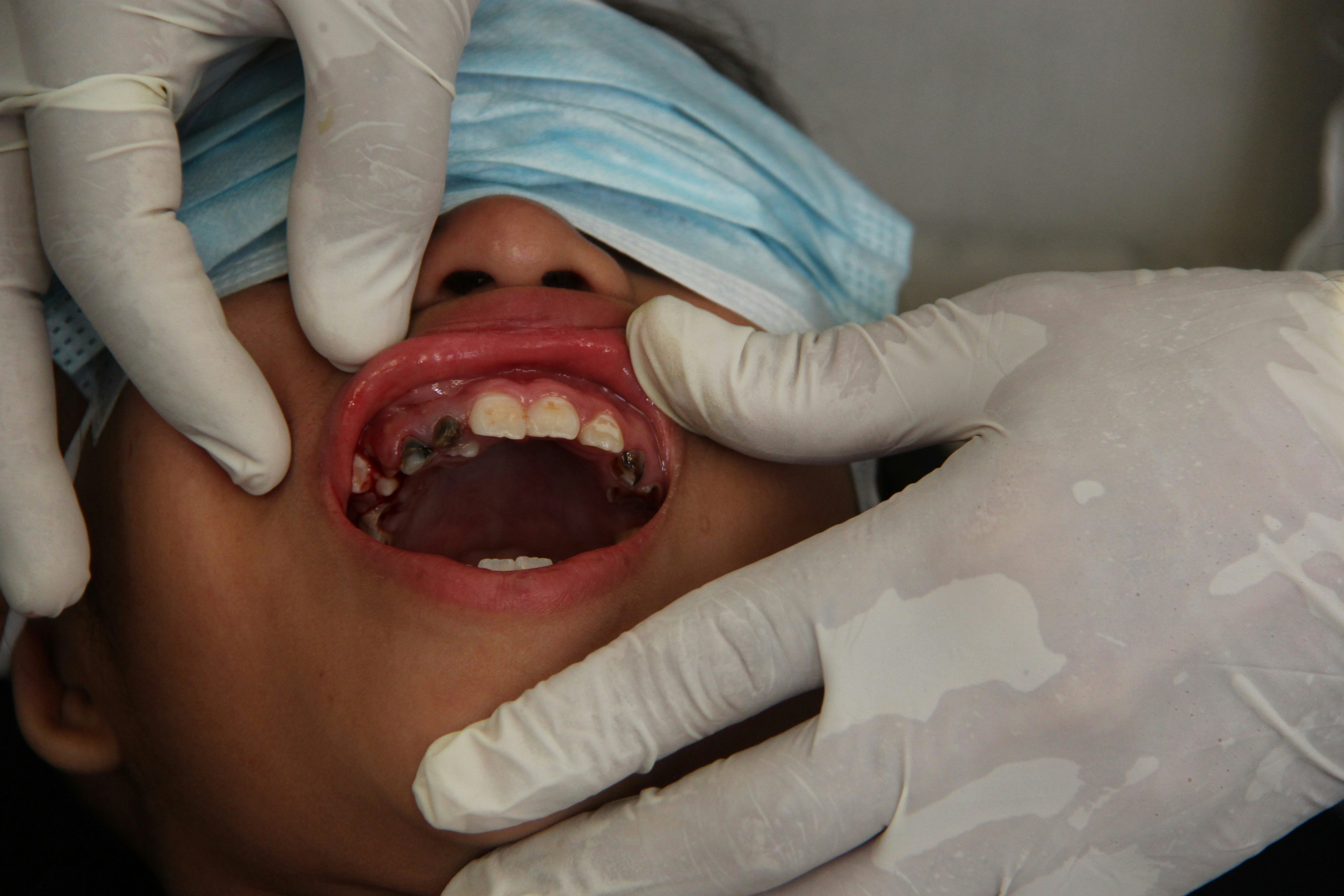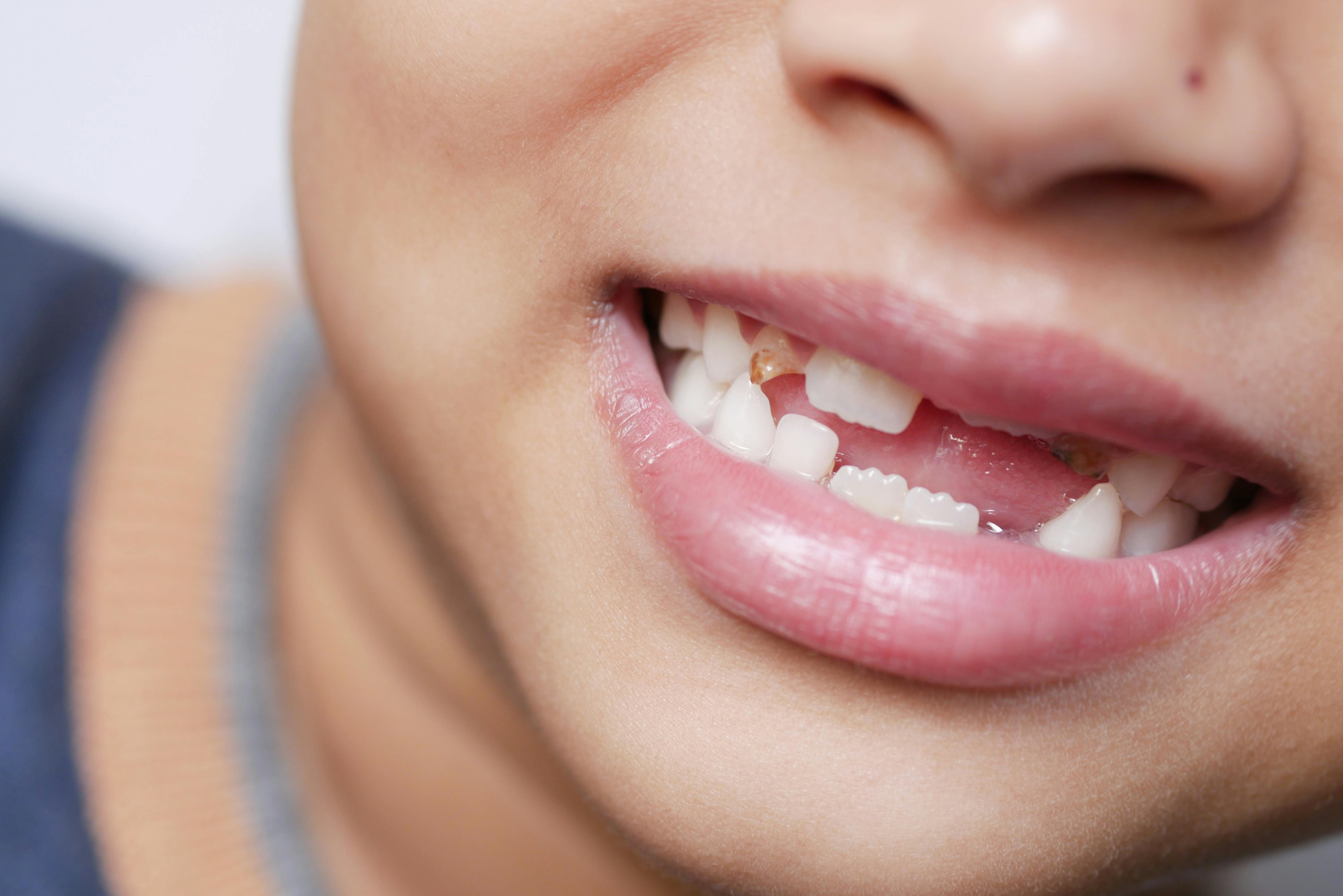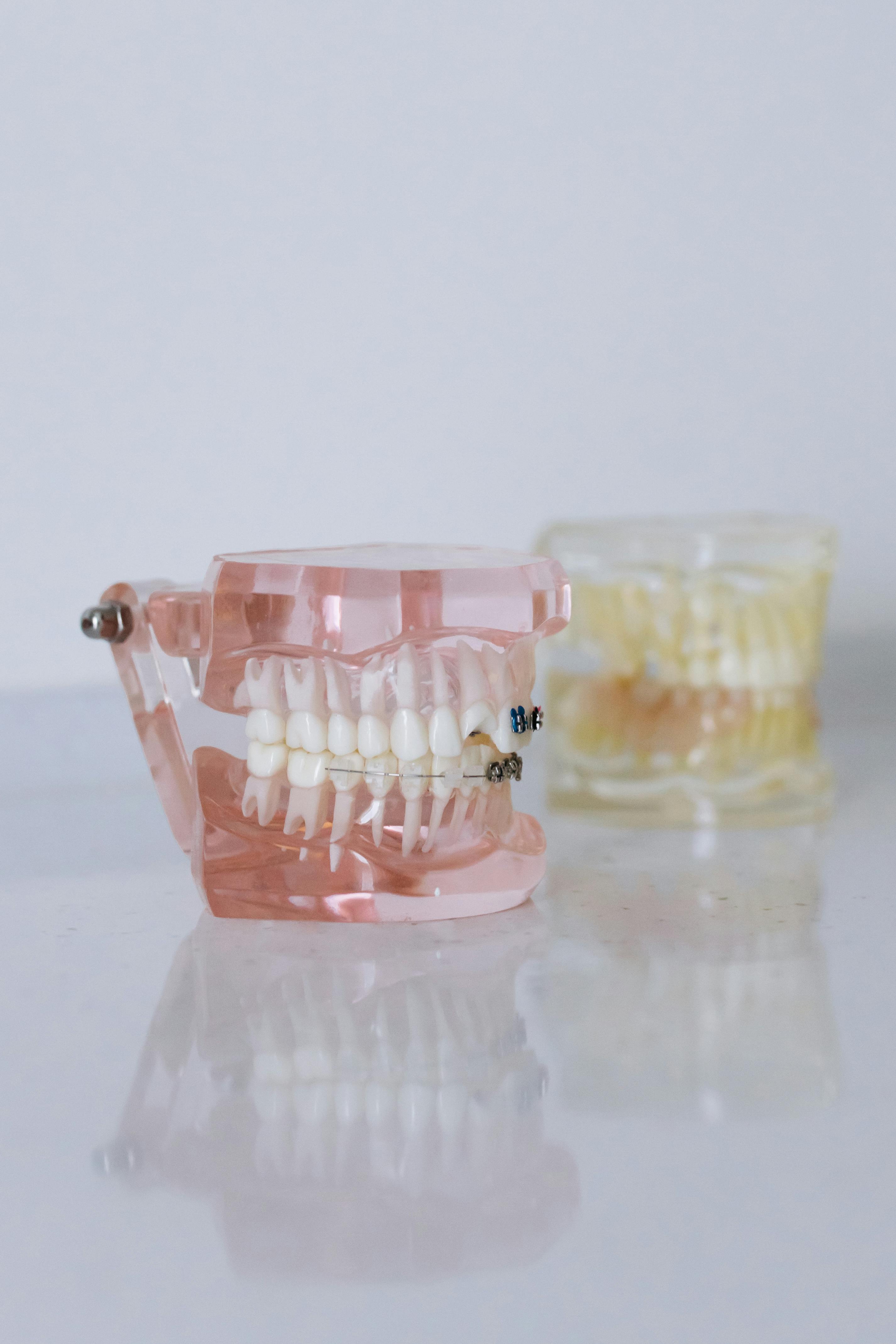How to Properly Disinfect Your Toothbrush and When to Replace It
How to Properly Disinfect Your Toothbrush and When to Replace It
Your toothbrush works hard—twice a day, every day. But while it’s busy cleaning your teeth, who’s cleaning the toothbrush? Most people rinse and forget, unaware that a damp, used toothbrush can harbour millions of bacteria if not cared for properly.
At Gargi’s Dental Care, Kolkata, we often remind our patients that oral hygiene begins with a clean brush. Here’s everything you need to know about disinfecting your toothbrush—and when it’s time to toss it.
Why It’s Important to Keep Your Toothbrush Clean
Every time you brush, your toothbrush picks up:
- Food debris
- Bacteria from your mouth
- Plaque and dead skin cells
- Potential pathogens from the air (especially if kept near a toilet)
Without proper cleaning, these bacteria can multiply, increasing your risk of gum disease, infections, and even reintroducing illness after you’ve recovered from a cold or flu.
How to Properly Disinfect Your Toothbrush
1. Rinse Thoroughly After Every Use
After brushing, rinse the bristles under running water to remove toothpaste, debris, and saliva. Shake off excess water to prevent moisture buildup.
2. Soak in Antibacterial Mouthwash (Occasionally)
Once or twice a week, soak the toothbrush head in antibacterial mouthwash for about 2–5 minutes to kill lingering germs. Rinse it well before using it again.
3. Use Hydrogen Peroxide Solution
For a deeper disinfectant effect, soak the bristles in a 1:1 solution of hydrogen peroxide and water for 10 minutes. This is especially helpful after illness.
4. Try Boiling Water (For Manual Toothbrushes Only)
Dip the toothbrush head in boiling water for 1–2 minutes to kill bacteria. This should be done with caution and only with brushes not sensitive to heat (avoid with electric heads).
5. Use a UV Sanitizer (Optional)
If you’re serious about hygiene, consider a UV toothbrush sanitizer, which uses light to destroy bacteria. These devices are useful but not essential for everyday users.
Important: Never use bleach, dishwasher soap, or microwave your toothbrush—these methods can damage the bristles and make the brush unsafe for use.
Where and How to Store Your Toothbrush
- Store it upright in a holder where it can air-dry
- Keep it away from the toilet (flush aerosols can reach up to 6 feet)
- Don’t store it in closed containers for long periods—trapped moisture promotes bacterial growth
- If storing multiple brushes together, ensure they don’t touch
When Should You Replace Your Toothbrush?
The Indian Dental Association and global dental bodies recommend replacing your toothbrush or electric brush head:
- Every 3 months
- Immediately after a cold, flu, or throat infection
- If the bristles look frayed or bent (damaged bristles don’t clean effectively)
- If there’s a bad odour or discolouration
- After exposure to unsanitary conditions (e.g., it falls on a dirty floor or sink)
Even the best brushing technique won’t help if your brush is worn out.
Signs You Might Be Overusing Your Toothbrush
- Bleeding gums despite proper brushing
- Increase in plaque or bad breath
- Toothbrush bristles flatten within weeks
- Frequent infections or oral irritations
If you notice any of these, it’s time to swap out your brush and review your oral care habits.
Clean Brush, Healthy Mouth
Your toothbrush is your frontline defender against cavities, gum disease, and bad breath. But it can only do its job if it’s clean, disinfected, and replaced regularly. These small hygiene practices go a long way in maintaining not just your oral health—but your overall wellbeing.
Need Help Choosing the Right Toothbrush or Routine?
At Gargi’s Dental Care, Kolkata, we don’t just treat teeth—we teach you how to care for them. From brush selection to technique to hygiene tips, we guide you every step of the way.
Book your dental consultation today
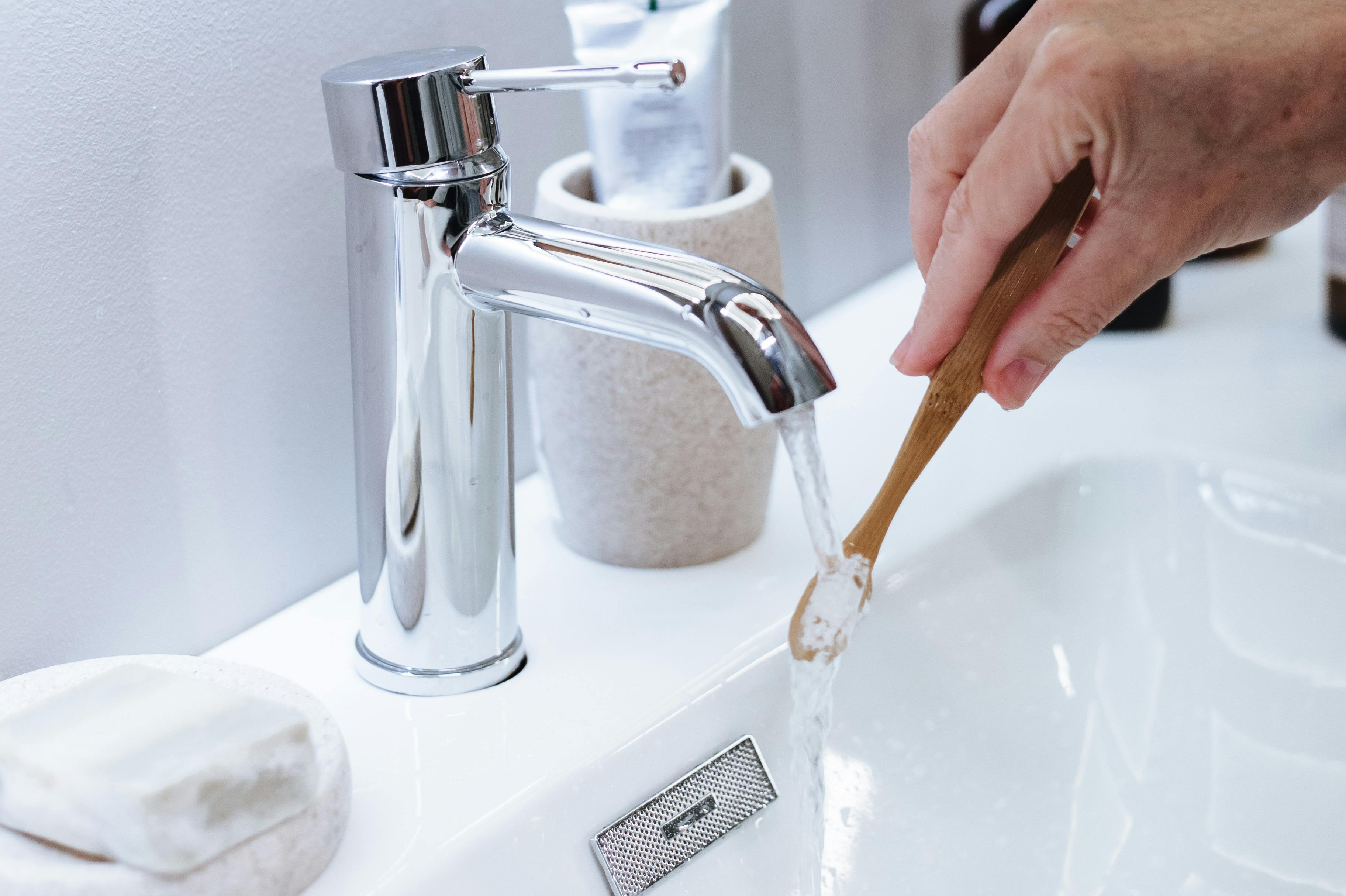

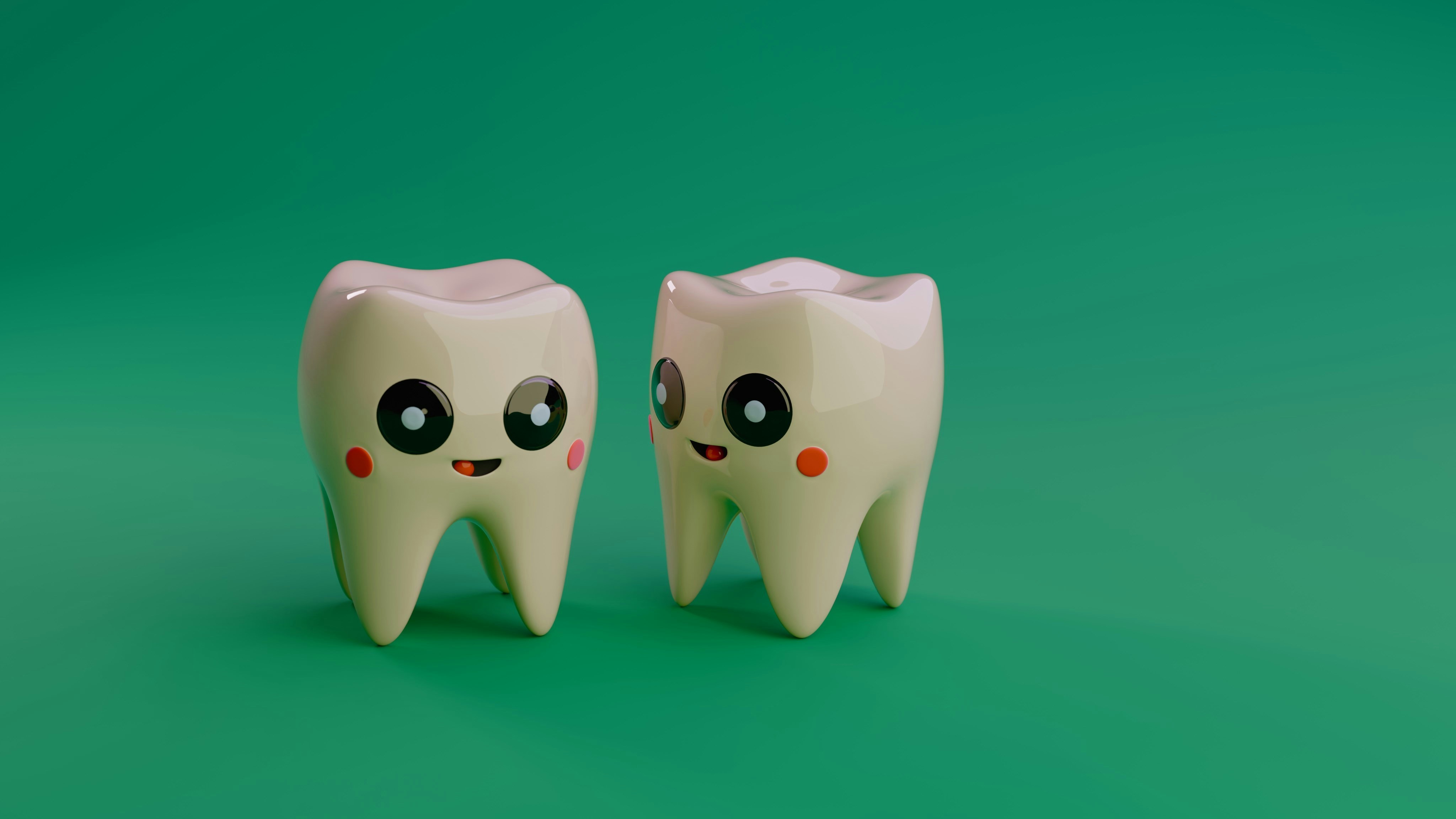
.jpg)
